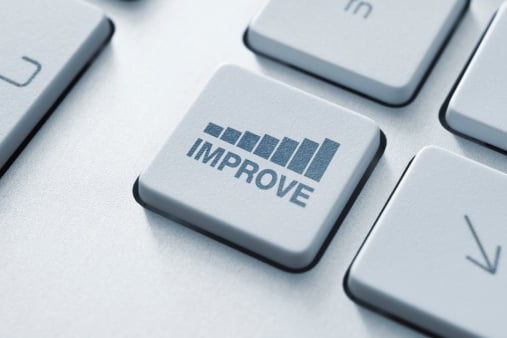 In an ideal world you would have the time, energy, and resources to create a flawless experience at every stage of the customer lifecycle. Your ads would be breathtaking, your shopping cart engaging, your product pages the perfect balance of heart-warming and humorous. Ideal, but hardly realistic. Instead of exhausting yourself trying to achieve instant perfection - start by fixing where you suck most.
In an ideal world you would have the time, energy, and resources to create a flawless experience at every stage of the customer lifecycle. Your ads would be breathtaking, your shopping cart engaging, your product pages the perfect balance of heart-warming and humorous. Ideal, but hardly realistic. Instead of exhausting yourself trying to achieve instant perfection - start by fixing where you suck most.
By continuously optimizing your business to fix the areas where you suck most you’ll be steadily moving toward your ideal state. The only question left is, where is it that you suck most?
To answer that question we’re going to look at the four stages of HubSpot’s ecommerce customer life cycle and the metrics to track performance at each stage.

Attract
Visitors are the lifeblood of an ecommerce store. At this stage of the game you’re 100% focused on getting more eyeballs.
The metric you want to watch here is traffic. Traffic should be growing steadily every month. If you’re not experiencing double-digit traffic growth month-over-month then you have an acquisition problem.
Recommendations for improving this stage
Always Be Testing
It can be tempting to stick the acquisition channels or tactics that you know best. Don’t. Set up experiments, try new things, take some risks, and always be testing, measuring, and learning.
Invest in long-term acquisition strategies
PPC often has an immediate impact on business in a way that blogging and social media doesn’t. However, over time the payoff for these slower-momentum channels can be substantial. Keep your attraction strategies varied.
Don’t forget to... Stand out from the crowd
Luxyhair.com created a series of YouTube video tutorials to help customers understand how to use their product. The videos are simple, well-produced, and set Luxy Hair up as the expert in hair extensions.
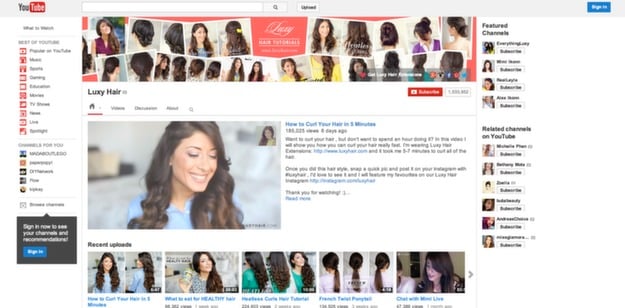
Convert
Ecommerce has traditionally viewed conversions as “the moment a customer submits a payment.” This thinking has changed. While the “close” is what gets the sale, micro-conversions are step one in building a relationship with a customer.
Metrics to watch here are blog subscriptions, adding items to a wish list or cart, or signing up for promotional mailings. Steady improvement at the convert stage will lead to steady improvement at the close stage.
Recommendations for improving this stage
More A/B testing
Be consistent and rigorous in your testing and get smart about how, where, and when you test.
Test visitor flows
Google Analytics provides great insight into visitor flows and where visitors are dropping off. Use this to test how changes are impacting your funnel.
Don’t forget to... Get that email
An email address is the difference between a one-time visitor that you never see again, and a visitor that becomes a customer in three months from now. Take a cue from Flint & Tinder and get that first micro conversion as soon as possible (don’t forget to test your modal).
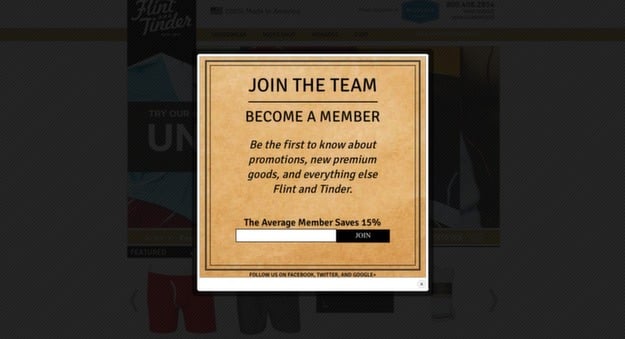
Close
Small, targeted tweaks at this stage can have big impact on overall revenue growth. Use your data wisely at this point and you can get substantial results with minimal investment.
You important metric to watch here is the macro-conversion - the number of visitors turning into paying customers. You also want to look at time to conversion and conversion rates.
Recommendations for improving this stage
Eveen More A/B testing
Yep, keep testing. Test product pages, test images, test button placement, test user reviews - test everything. This is where all your hard work turns into cash.
Revive abandoned shopping carts
Abandoned shopping carts are a huge opportunity for online stores to close the deal. Use your data to find the best time and approach for sending these follow-up emails to soon-to-be customers.
Don’t forget to… Provide social proof
ThinkGeek excels in this area. To the right there are “customer action shots” which shows the product being used by real customers. The bottom bar shows likes, tweets, and pins - of course it doesn’t hurt that over seven thousand people have liked this product. If you scroll to the bottom of the Doctor Who TARDIS Tea Infuser page (not shown on this screenshot), ThinkGeek has pulled in Facebook comments and conversations happening around this product. Well played, ThinkGeek.
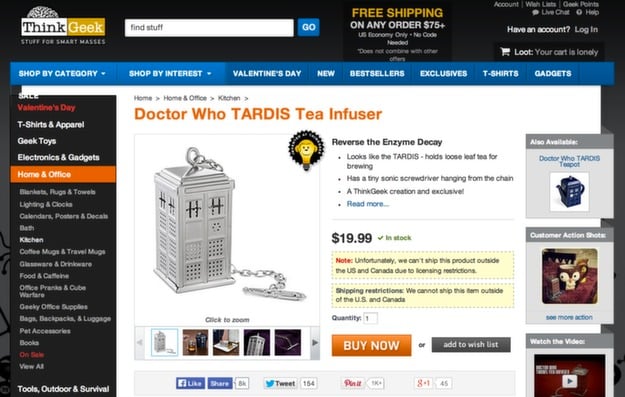
Delight
Getting customers to return is far cheaper than getting a brand new customer. You’ve got the customer, now it’s time to delight them and win them back for life.
The key metrics to keep tabs on here are things like Net Promoter Score (NPS), time to repeat purchase, and churn rate. Time to repeat purchase can vary dramatically from business to business. If you sell something like prom dresses, for example, you should be getting repeat purchasers back on an annual basis. If it goes two years and they haven’t returned, they’re probably churned.
Recommendations for improving this stage
Repeat Purchase Analysis
This kind of analysis can point to where you’re losing customers. Check out the chart below. While Jelly is a Q&A app, not an ecommerce store, the theory is the same. RJMetrics’ analysis of users’ repeat question probability shows that Jelly is going to get the most bang for their buck focusing their energies on encouraging users to ask a second question. Once users ask that critical second question, the probability that will continue to engage with the app steadily increase.
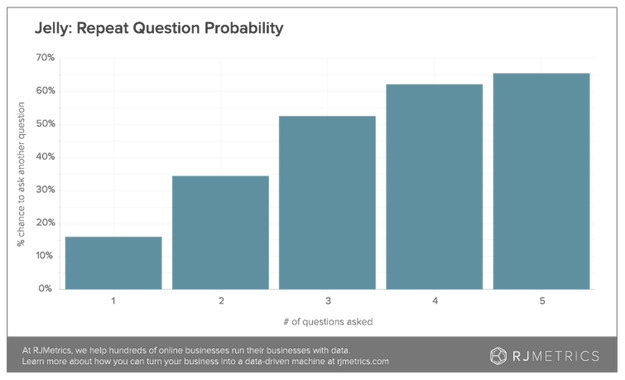
Ecommerce Churn Analysis
Churn analysis is invaluable for pointing you toward areas where you consistently disappoint customers. For example, you could find that customers buying red boots have higher churn because the color is being accurately represented on your website. Or maybe, churn spiked after an extended period of website delays. This is all useful information that can help you design a reactivation strategy or prevent future churn.
Don’t forget to… Test email marketing
Email marketing is a staple in the ecommerce marketing toolbox for a reason - it works. Showing up in consumers’ inboxes remains an effective way to remind them that you exist (and they should keep purchasing from you). This one from GrubHub was a double whammy - not only reminding me to keep using their awesome service, but doing me the extra favor of letting me know a show I like is back on TV. Consider me delighted.

Wrapping Up
Identify your key performance indicators at each stage and make these metrics your best friend. Knowing where you suck most will help you stay focused on the activities that will have the greatest impact on the growth of your business.
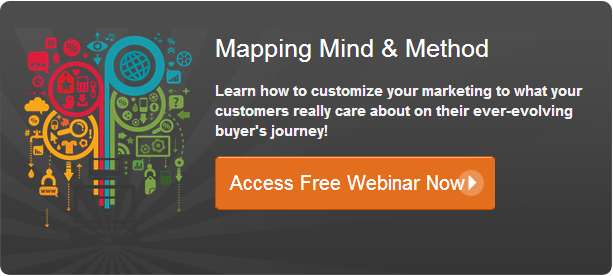

Catch up with RJMetrics on Twitter @RJMetrics.

